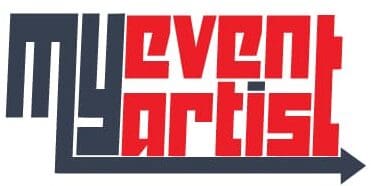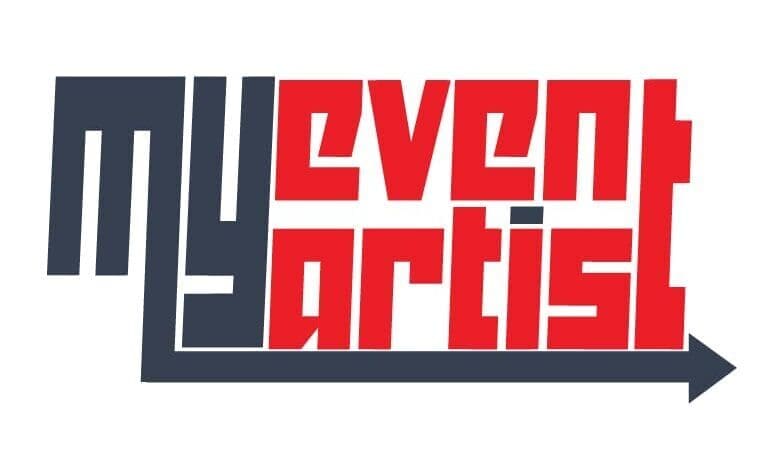In the world of sports, logos serve as powerful symbols that not only represent teams and organizations but also encapsulate their history and traditions. A well-designed logo can evoke nostalgia, pride, and a deep connection among fans and players alike. This post explores the principles and best practices for designing logos that honor sporting heritage, ensuring that they resonate deeply with the community while maintaining a modern relevance.
1. Understand the History and Values of the Organization
Before embarking on the design process, it’s crucial to gather a comprehensive understanding of the team’s history and values:
- Research Heritage: Dive into the organization’s past. What significant milestones, achievements, or events shape its identity? Understanding these elements helps you create a logo that embodies the legacy and spirit of the organization.
- Identify Core Values: Determine what values are most important to the team or organization. These may include sportsmanship, community engagement, perseverance, or excellence. Your logo should evoke these values visually.
2. Utilize Iconic Symbols and Imagery
Incorporating historical symbols and imagery can pay homage to a team’s legacy:
- Traditional Imagery: Use elements that have historical significance for the team or sport. This could include local landmarks, animal mascots, or historical figures related to the sport. For example, a logo for a baseball team might feature a classic bat or ball, reflecting the sport’s long-standing traditions.
- Symbolic Representation: Identify symbols that resonate with the community and represent its heritage. This may include cultural motifs or colors associated with the area. For instance, incorporating state symbols or traditional designs can enhance community pride.
3. Selecting Appropriate Colors
Colors play a vital role in evoking emotions and conveying meaning:
- Historical Color Schemes: This may involve using colors from past uniforms or previous logo iterations that fans associate with successful eras. This connection can create a strong emotional link between the logo and the fans.
- Cultural Color Significance: Investigate the meaning of specific colors within the community. Certain colors may evoke feelings of trust, excitement, or nostalgia. For example, blue often conveys loyalty, while red can symbolize passion and zeal.
4. Maintain a Classic Typography Style
Typography is a critical aspect of logo design that can enhance the logo’s heritage:
- Traditional Fonts: Opt for classic serif fonts or custom typography that conveys a sense of timelessness. Traditional fonts can evoke a sense of nostalgia while still feeling contemporary.
- Readability and Clarity: Ensure that the chosen typeface is easily recognizable and readable across different media. Avoid overly intricate designs that can diminish legibility when scaled down or viewed from a distance.
5. Pay Attention to Design Elements and Structure
The structure and composition of a logo should reflect its heritage while ensuring versatility:
- Balancing Tradition and Modernity: While incorporating historical elements is essential, it’s important to present them in a way that feels fresh and relevant. Strive for a balance between tradition and modern aesthetics to appeal to both longstanding fans and new supporters.
- Coherent Layout: A well-structured logo that balances text and imagery promotes easier recognition. Consider symmetrical designs that can withstand the test of time while ensuring practical application across various platforms.
6. Engage Fans and the Community
Involving the community in the design process can deepen the connection to the logo:
- Collect Feedback: Engage fans through surveys or focus groups to gather their input on elements they’d like to see in the logo. Community feedback can provide valuable insights and help foster a sense of ownership in the design.
- Celebrate Local Influences: Acknowledge community traditions, local spirit, and historical narratives during the design process. This strengthens the bonds between the team and its supporters, ensuring the logo resonates deeply within the community.
7. Consider Versatility and Longevity
Design for longevity by ensuring the logo remains relevant and adaptable over the years:
- Timeless Design: Avoid trendy elements that may quickly become outdated. Instead, focus on creating a design that remains classic and can adapt to the changing landscape of sports branding.
- Scalability: Ensure the logo is effective in various formats and applications. It should look great on merchandise, digital platforms, printed material, and large displays.
8. Tell a Story Through the Logo
Your logo can tell the story of the team’s heritage and traditions visually:
- Incorporate Narratives: Weave the history and values into the design. For example, the logo could reflect a significant tournament win, a legendary player, or a memorable moment in the team’s history.
- Brand Storytelling: Accompany the logo with a narrative that explains its significance. This not only enhances emotional connections but also educates new fans about the team’s heritage.
9. Launch with Purpose
Once the logo is finalized, ensure a memorable launch that highlights its significance:
- Celebration Events: Consider organizing an unveiling event that shares the story behind the logo and honors the team’s history. Include presentations, memorabilia displays, and community engagement activities.
- Merchandising Opportunities: Promote the new logo on merchandise, integrating it into apparel, posters, and other promotional materials. This creates excitement and visibility for the brand.
10. Embrace Evolution While Honoring Tradition
As your organization evolves, the logo can adapt while still respecting its roots:
- Revisiting the Design: Logos can be revised over time to modernize appearance or reflect changing values while maintaining essential elements that honor the team’s legacy.
- Continuing the Narrative: Foster an ongoing connection with fans by regularly sharing updates about the impact of the logo and how it embodies the team’s story and heritage.
Conclusion: Designing with Purpose and Legacy
Designing logos that honor sporting heritage is a thoughtful process that requires an understanding of history, culture, and community values. By incorporating traditional elements, engaging with fans, and creating visually striking designs, sports organizations can foster connections that transcend generations. Ultimately, these logos serve not only as brand identifiers but as emblems of pride that celebrate the essence of the sport.
At MyEventArtist, we specialize in creating logos that honor tradition while appealing to contemporary audiences. Explore our design services at myeventartist.com to develop a logo that showcases your team’s rich heritage and inspires community support.
Keywords: sporting heritage, logo design, community engagement, tradition, branding
#sportingheritage #logodesign #communityengagement #tradition #branding



Leave a Reply